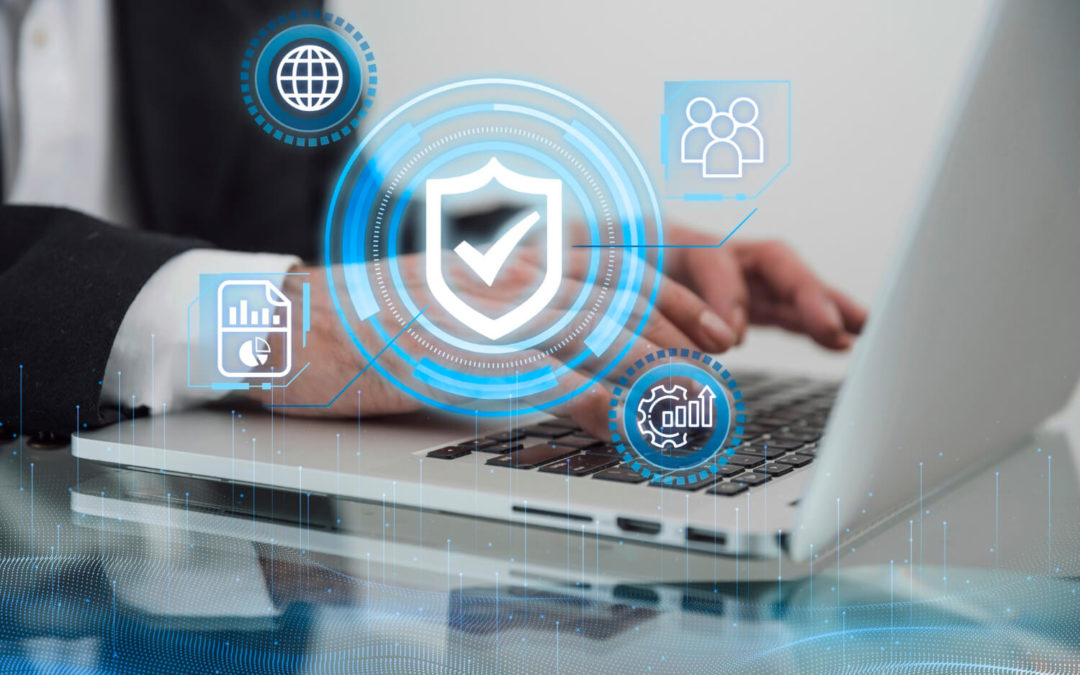In the modern era of technology, it is imperative to stay informed about the latest developments in cybersecurity. The ever evolving and increasingly advanced cyber threats require individuals and organizations to be proactive and knowledgeable in safeguarding their valuable information and digital resources. In this blog post, we will delve into the significance of staying updated on cybersecurity trends and offer practical advice to assist you in doing so.
The Ever-Evolving Threat Landscape
The field of cybersecurity is always evolving, with the threat landscape constantly shifting. As new vulnerabilities are uncovered, cyber criminals waste no time in capitalizing on them. To effectively protect against these dangers, it is crucial to stay updated on the most recent attack methods, types of malware and vulnerabilities.
- Awareness is the First Line of Defense: Understanding the current threat landscape is your first line of defense. By staying updated on emerging threats, you can better prepare your systems and users to recognize and mitigate potential risks.
- Protection Against Zero-Day Vulnerabilities: Zero day vulnerabilities refer to security weaknesses that cyber attackers exploit even before software developers are aware of them. It is crucial to stay updated on these vulnerabilities so that you can take proactive steps to safeguard your systems.
- Compliance and Regulations: Regulatory requirements and standards constantly evolve to address emerging cybersecurity threats. Staying current with these changes is essential to avoid non-compliance and potential legal consequences.
The Importance of Learning from Past Incidents
Cybersecurity trends aren’t just about looking forward; they also involve analyzing and learning from past incidents. By examining high-profile data breaches and cyberattacks, you can gain valuable insights into the tactics used by cybercriminals and the vulnerabilities they exploit.
- Case Studies and Post-Mortems: Learning from real-world incidents through case studies and post-mortem analyses can help you understand the tactics, techniques, and procedures (TTPs) employed by attackers. This knowledge is invaluable in improving your cybersecurity posture.
- Threat Intelligence Sharing: Cybersecurity professionals often share threat intelligence about recent incidents. Joining threat intelligence sharing communities or subscribing to relevant feeds can provide you with up-to-the-minute information on emerging threats.
Adapting to Technological Advances
Technology is continually advancing, and these advancements come new opportunities for defenders and attackers. Staying updated on technological trends can help you leverage new tools and strategies to enhance your cybersecurity efforts.
- Artificial Intelligence and Machine Learning: AI and machine learning are increasingly being used in cybersecurity to detect and respond to threats in real time. Keeping abreast of AI-driven security solutions can help you stay ahead of cybercriminals.
- IoT and Edge Computing: As the Internet of Things (IoT) and edge computing continue to grow, new security challenges emerge. Staying informed about these technologies can help you address potential vulnerabilities in your network.
- Cloud Security: With the shift to the cloud, understanding the latest trends in cloud security is crucial. This includes knowledge of cloud-native security tools, identity and access management, and encryption techniques.
Practical Tips for Staying Updated
Now that we’ve established the importance of staying updated on cybersecurity trends, here are some practical tips to help you do just that:
- Follow Trusted Sources: Subscribe to cybersecurity news websites, blogs, and newsletters from reputable sources. Organizations like CERTs (Computer Emergency Response Teams) and industry-specific forums are excellent starting places.
- Attend Conferences and Webinars: Cybersecurity conferences, webinars, and workshops are great opportunities to learn from experts, network with peers, and gain insights into the latest trends and best practices.
- Continuous Learning: Encourage a culture of constant learning within your organization. Provide training and resources for your team to stay updated on cybersecurity developments.
- Use Cybersecurity Tools: Employ cybersecurity tools that provide real-time threat intelligence and monitoring. These tools can help you stay informed about potential threats to your systems.
In the rapidly evolving realm of cybersecurity, it is essential to stay informed about current trends and emerging risks. This not only serves as a recommended approach but also plays a vital role in fortifying your defense strategy. By maintaining constant awareness, drawing lessons from previous incidents and adjusting to technological advancements, you can enhance the safeguarding of your digital assets and data in an ever more interconnected and digitized society. Always bear in mind that knowledge holds significant power within the realm of cybersecurity.
